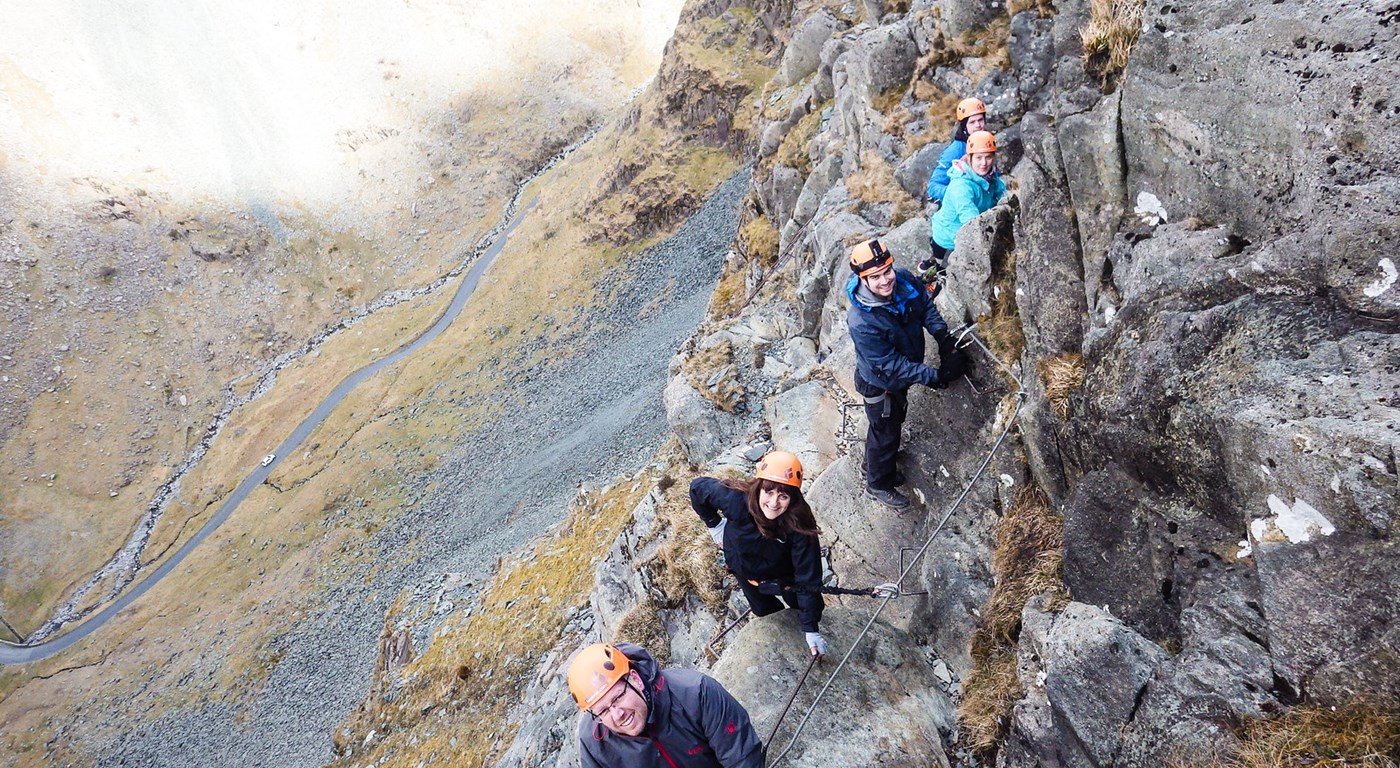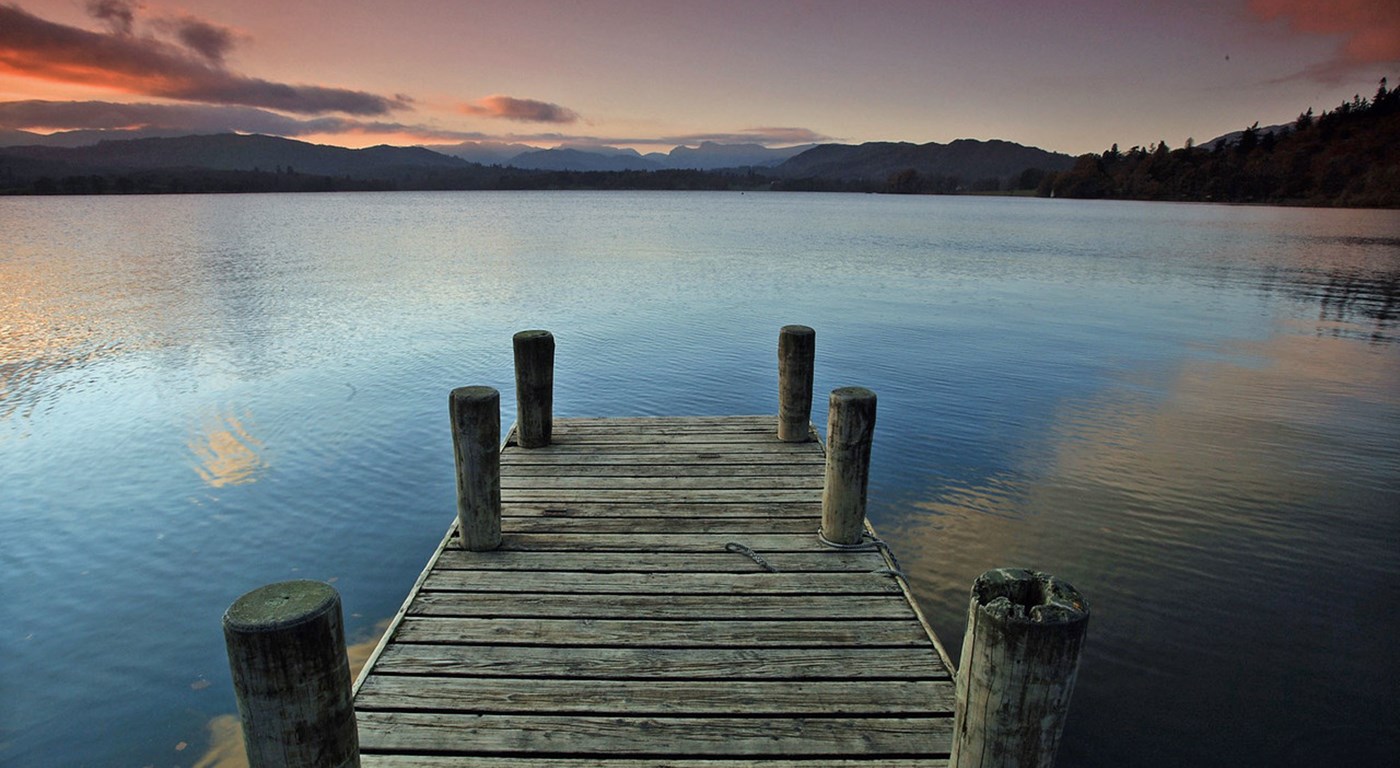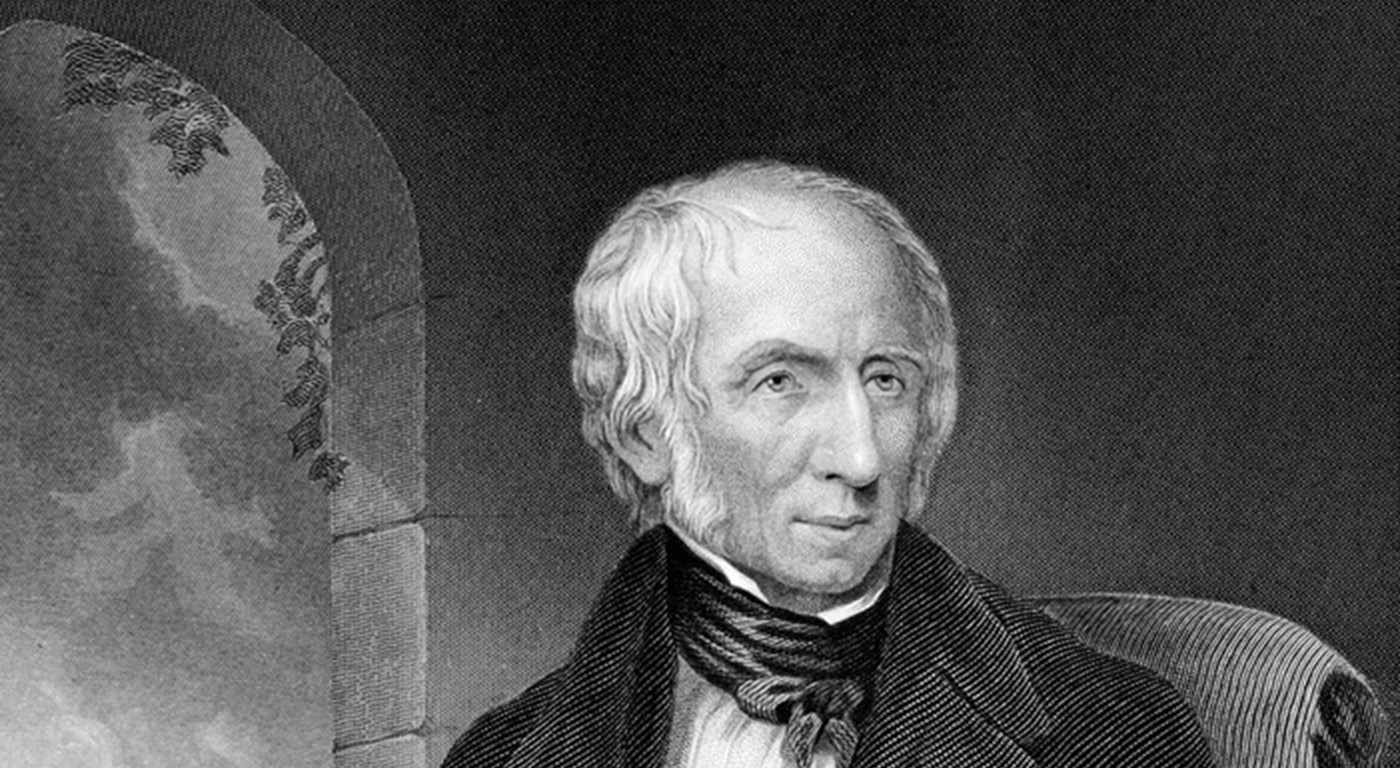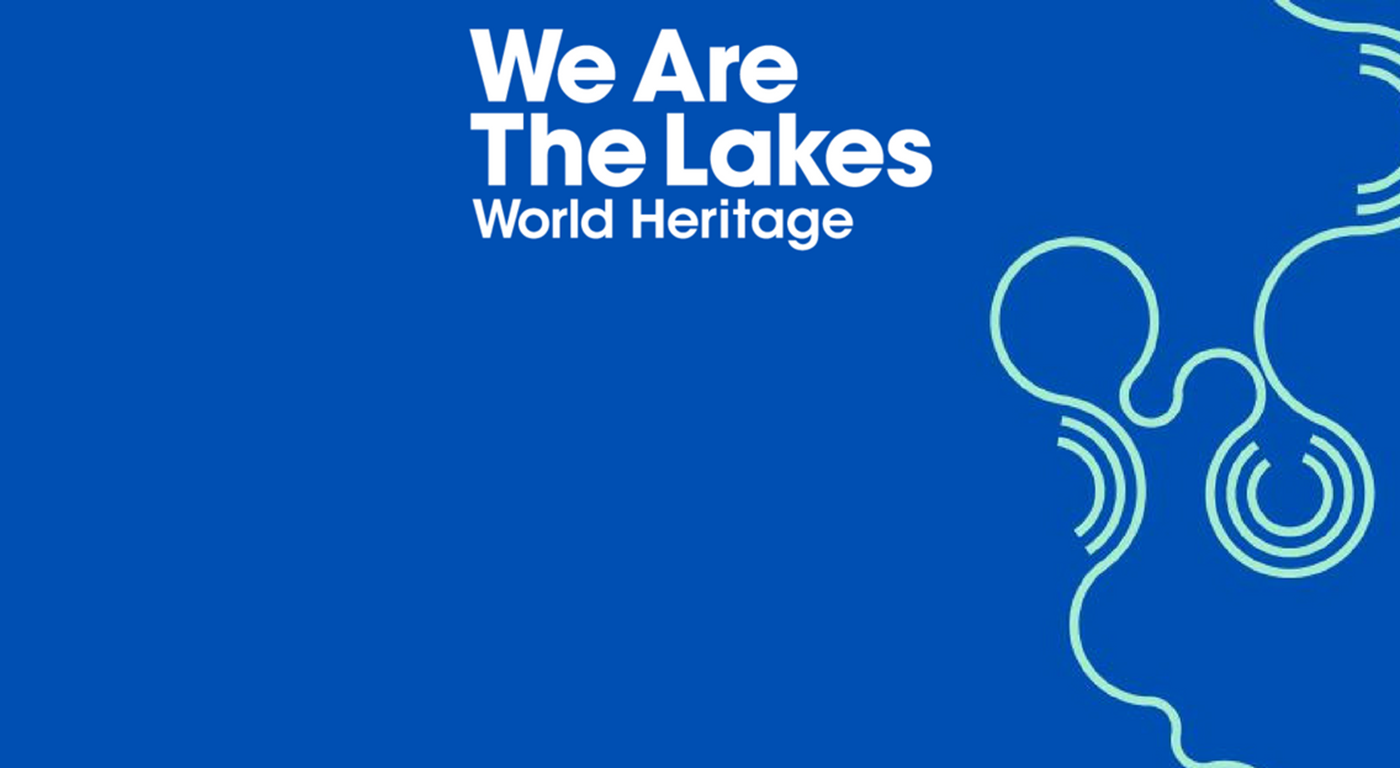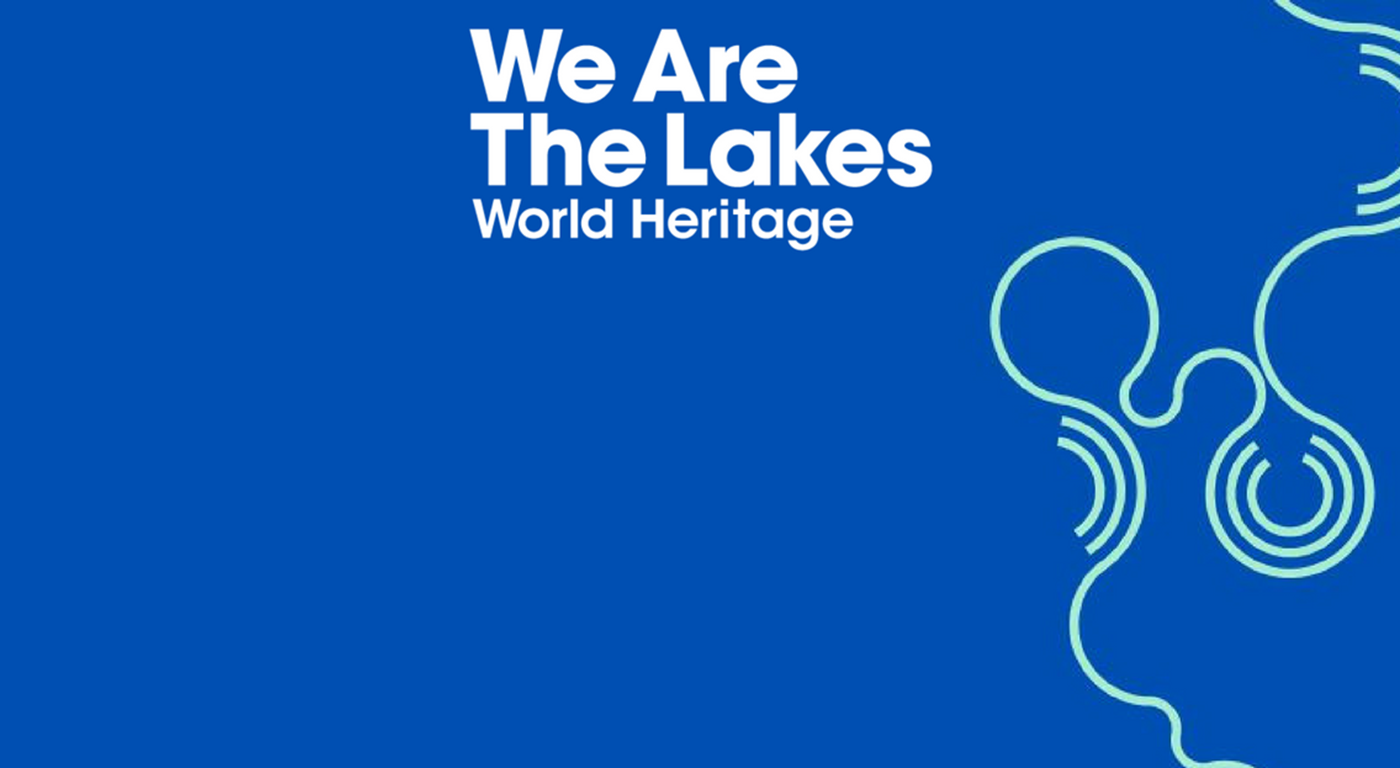We all know that there are some wonderful things to do in the Lake District National Park. It is after all, an exceptional example of nature’s playground, with the fells to hike, valleys to explore and the shores of the lakes inviting you to take to the water for a swim or boating trip. At… Continue reading Hawk Walks in the Lake District – Be at one with nature
Category: Lake District
A Brief Encounter Stay For Actress Lucy Fleming
When you take a hotel break in the Lake District, have you ever considered who might have visited or even stayed at the venue before you? Would you know if any historic figures or famous faces from the past have been in the very same room as you? Lake District Stays With Celebrities Past &… Continue reading A Brief Encounter Stay For Actress Lucy Fleming
National Tree Week
While you’re enjoying your hotel stay in the Lake District or North Lancashire, have you ever thought of helping out with some tree planting? Celebrate National Tree Week with English Lakes Hotels National Tree Week, an initiative spearheaded by The Tree Council, is celebrated in the UK every year at the end of November. It’s a… Continue reading National Tree Week
Three Top Places for Snow Sledging in the Lake District
Throughout winter the Lake District hotel guests are always treated marvellous picture post card views of snow-capped peaks, some guests even come to the area just for the snow sports! If it snows on your Lake District Holiday, sledging can be great fun for the whole family… Hotel Guests First Created Recreational Sledging The practical use of sledges, or sleds, is… Continue reading Three Top Places for Snow Sledging in the Lake District
Lake District Adventure on the Via Ferrata Xtreme
Whether your ideal day out in the Lake District is a gentle stroll by a meandering stream, a more strenuous hike up a mountain or a heritage rail journey, it would appear that there is something for everyone. Here’s one for the more adventurous. Safely attached to the side of a cliff! The Iron Road I hate ironing, but this is a… Continue reading Lake District Adventure on the Via Ferrata Xtreme
Swallows and Amazons – Ten Interesting Facts about the Book and the Author
The reviews on early showings of the eagerly anticipated Swallows & Amazons re-make are starting to trickle out. It has got to be said that not all are convinced that the vision of ‘capturing the imagination of the Harry Potter generation’ will be realised with this spiced up, ‘white-knuckle-ride adventure’ version of the treasured Arthur Ransome novel.… Continue reading Swallows and Amazons – Ten Interesting Facts about the Book and the Author
Five things Mums Really Want for Mother’s Day!
On Mother’s Day, Mums are presented with flowers, choccies, perfume or sometimes a thoughtful personalised gift. Don’t get me wrong, any and every gift is cherished, especially the glitter-laden home-made card. However, research has shown, and I can testify to most of these in various seasons of life, that the most-wanted list is really quite simple …… Continue reading Five things Mums Really Want for Mother’s Day!
We are The Lakes – Celebrating UNESCO World Heritage Status
English Lakes Hotels Resorts & Venues are delighted that UNESCO have agreed with the Lake District bid and have elevated our much-loved land and rich culture to World Heritage status. When we consider the English Lake District, our immediate thoughts are the people that have created and maintained the heritage of this compelling and beautiful part of the… Continue reading We are The Lakes – Celebrating UNESCO World Heritage Status
The Lake District’s Vital and Compassionate WWII Contribution
There is much of interest for visitors to The Lake District from outdoor pursuits, gastronomic delights, music and the arts and traditional Lakeland Sports. If you enjoy history, there are two exhibitions that explain how the local area was transformed to bolster the war effort and subsequently, to welcome survivors of the holocaust for much needed rest… Continue reading The Lake District’s Vital and Compassionate WWII Contribution
Ambleside Sports
The Lake District is now a World Heritage site inscribed under the cultural landscape category. The spectacular landscape is well known to have inspired poets and artists of the romantic movement. Even, earlier than that, however, the Lake District had a proud sporting heritage which is celebrated every year at the various country shows. English Lakes has… Continue reading Ambleside Sports




